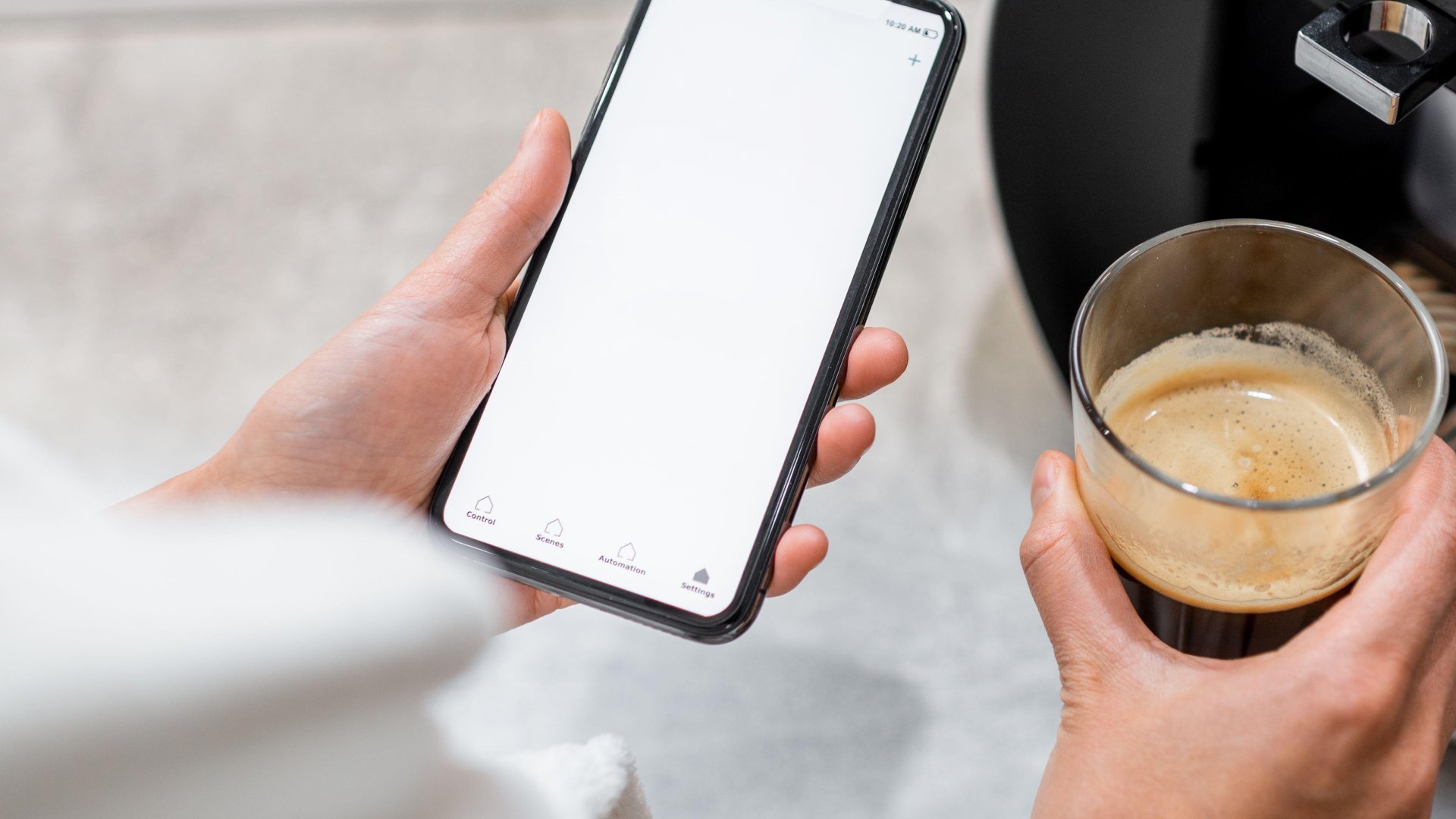Telemetry: Can data help baristas make better coffee?
Carimali’s sales director, Christian Palmieri, speaks with Tanya Nanetti about coffee telemetry, and its potential to streamline and improve café operations.
Each morning, baristas around the globe wake up and get to work serving a seemingly endless wave of coffee drinkers. The vast majority of these professionals treat their craft with a sense of pride, constantly striving to improve the quality of their espresso shots.
Typically, this starts with dialling-in the coffee and finding the perfect recipe for it. But that’s not straightforward by any means – factors like weather conditions, the freshness of the coffee, and a number of other variables can change the game on any given day.
Dialling-in usually happens first thing in the morning. However, what may be the optimum setting at 8am can change drastically by noon.
That’s why, throughout the whole shift, the duty of the barista is to check the recipe – in theory – every time they pull a shot. This could be done by tasting the espresso, slightly adjusting the grind size when needed, or taking all the precautions necessary to keep the proper dialled-in recipe as consistent as possible.
In theory, the ideal environment for this is a medium-busy coffee shop where the baristas have the time to check every shot properly without needing to worry about wasting precious coffee. Furthermore, baristas need the support of consistent equipment and coworkers who share their eye for detail.
In reality, however, coffee shops are often chaotic workspaces prone to all manner of interruptions. Consistency is not a given – it must be worked for, and that requires huge effort from baristas, who may feel that there’s simply too much being asked of them.
In recent years, many coffee machine manufacturers – as well as coffee shop owners, baristas, and other stakeholders – have resorted to a more scientific approach to alleviate these stresses and introduce more achievable consistency in the workplace: coffee telemetry.
What exactly is coffee telemetry?
Christian Palmieri is sales director at Carimali, a espresso machine manufacturer that has been driving technological innovation for more than a century. He says that – put simply – coffee telemetry is a system that can help a barista to pull the perfect shot of espresso.
“Coffee telemetry is the collection of data at various points in a coffee shop – like the espresso machine, grinder, and point-of-sale – and the transmission thereof to a central point,” he explains.
Once compiled, this data can provide baristas and coffee shop owners with insight into various aspects of their business. For example, telemetry for superautomatic coffee machines involves internal components like the automatic tamper and grinder.
Traditional espresso machines don’t have these functions, so there are different types of telemetry that can be obtained in a coffee shop. That’s why many espresso machine manufacturers have developed their own proprietary telemetry systems.
In Carimali’s case, the company uses a system called CARIcare to collect and provide essential data from superautomatic machines, with the goal of optimising the management and business of each client.
“Data collected includes sales data, consumption, cash control, recipe and menu updates, preventive maintenance, and software uploads,” Christian says.
Having this information on hand can transform how a business goes about its daily operations. Considering how consistency is such a key aspect of a barista’s job, telemetry seems like a genuine aid.
However, with many different coffee telemetry systems out there, it can be tough for businesses that work with several brands to make any use of the data. Christian explains that CARIcare is different.
“Being open source, it means that CARIcare can be connected with other different telemetry systems for both download and upload data,” he says.
Can telemetry be translated into better coffee?
When used properly, coffee telemetry can help manufacturers to optimise superautomatic coffee machines. But how can it help baristas make better coffee?
In recent years, companies have begun designing similar systems for traditional automatic espresso machines. For example, using a small device that easily integrates with a wide range of volumetric coffee machines and creates real-time feedback on whether or not baristas are accurately reproducing the recipe they’ve set for the day.
As more tools like this become available to coffee shops, baristas will be able to read data in a language they understand. If flow rate is too fast, grind size can be adjusted, and so on. Ultimately, this leaves less room for inconsistencies and prevents “bad” drinks from going out to customers.
Furthermore, the collection of daily, weekly, and monthly data can help professionals to gauge service and point out what can be changed or upgraded. Combined with hands-on quality control by baristas, this could mitigate issues caused by the numerous variables that affect the dialling-in process.
Ultimately, whether your shop uses automatic espresso machines, superautomatic espresso machines, or both, telemetry may be a viable solution to solving your existing issues around consistency and quality.
Plus, by giving baristas a helping hand, you’ll create more room for them to pursue their craft with passion and pride. At the end of the day, it’s the consumer who wins – after all, everyone is working towards excellent coffee.








